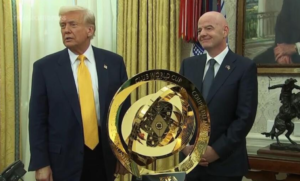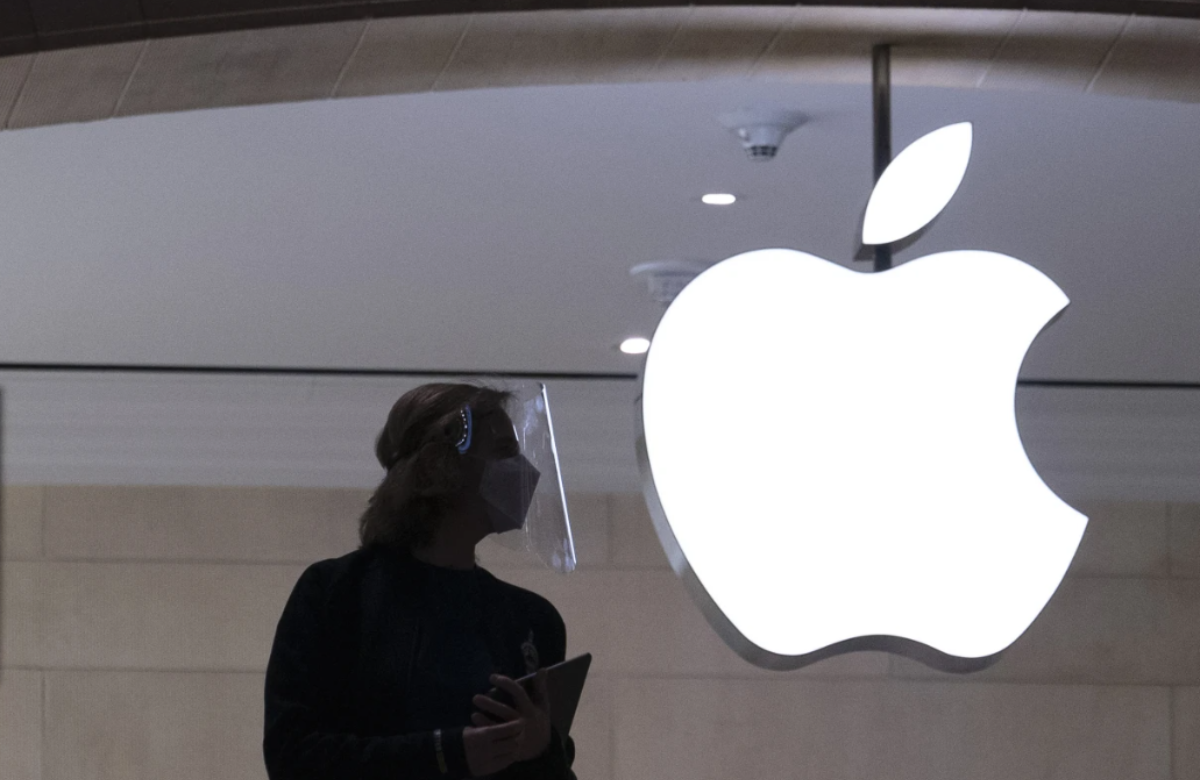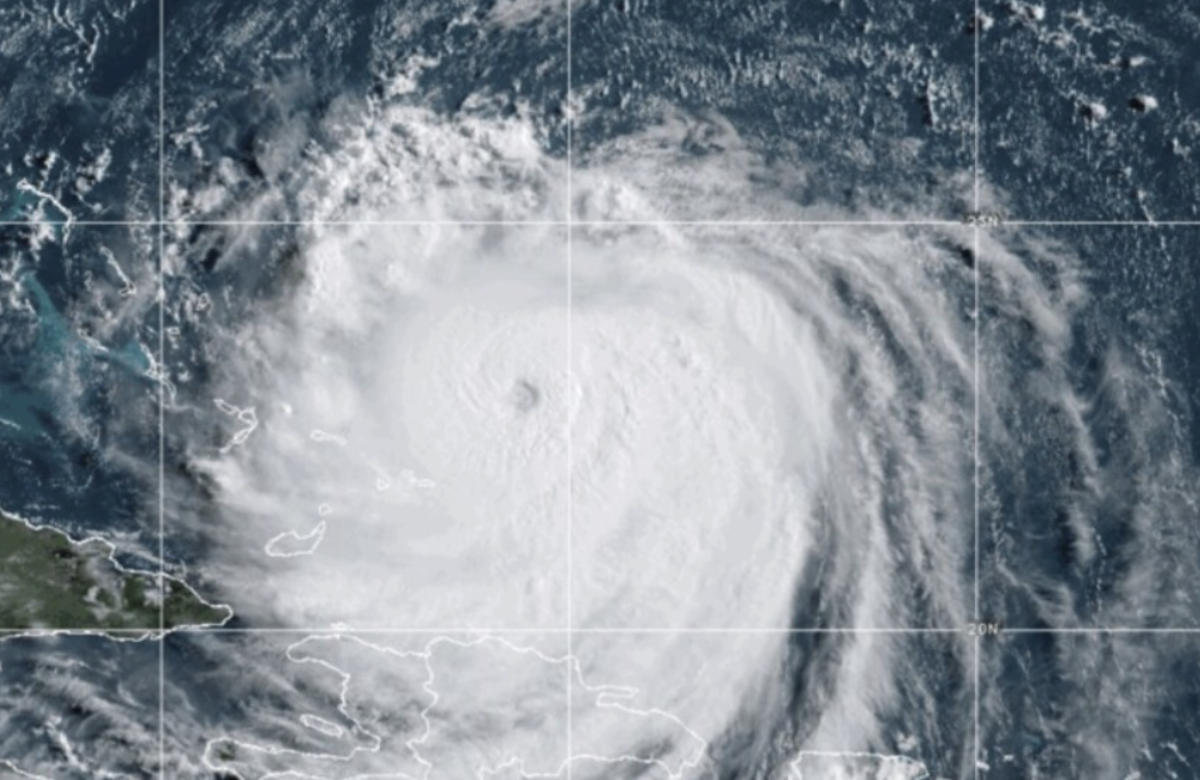President Donald Trump has unveiled a new vision for a $175 billion missile defense system, dubbed “Golden Dome,” which will include the deployment of U.S. weapons in space for the first time. Speaking from the Oval Office on Tuesday, Trump expressed confidence that the system will be fully operational by the end of his term in 2029, capable of intercepting missiles, even those launched from space. However, a U.S. official familiar with the plans indicated that the system may only have limited capabilities by then.
In his announcement, Trump presented a poster depicting a gold-colored map of the U.S. with artistic renderings of missile interceptions. He also appointed Gen. Michael Guetlein, vice chief of space operations, to oversee the program’s development.
Golden Dome is designed to provide a multilayered defense against missile threats, incorporating both ground- and space-based capabilities to intercept missiles at various stages of flight. This includes detecting and destroying missiles before launch, intercepting them early in flight, stopping them midcourse, or preventing them from reaching their target in the final stage of descent.
Pentagon planners have been working on several options for Golden Dome, including medium, high, and “extra high” versions, with costs determined by the number of satellites, sensors, and space-based interceptors to be included. A U.S. official revealed that just the space-based components of the system could cost up to $542 billion over the next 20 years, and Trump has requested $25 billion for the program in his proposed tax cut bill currently before Congress.
The Pentagon has long emphasized the need for updated missile defense systems due to the advanced missiles being developed by China and Russia. The space-based interceptors will be critical in countering these threats, focusing on stopping missiles early or mid-flight. Gen. Chance Saltzman, head of the U.S. Space Force, described the space-based weapons as fulfilling new, unprecedented military missions.
China and Russia have already placed offensive weapons in space, including satellites capable of disabling key U.S. satellites, leaving the U.S. vulnerable to attack. Last year, the U.S. accused Russia of developing a space-based nuclear weapon that could linger in space and release an attack against satellites. In response to Golden Dome, China and Russia issued a joint statement condemning the project, calling it destabilizing and warning that it would turn space into a battleground.
Currently, the Golden Dome program remains in its conceptual phase, with no funding yet allocated. Air Force Secretary Troy Meink confirmed during a Senate hearing that the Pentagon is still working on defining the system’s requirements, a step typically completed before selecting a system’s design. U.S. Northern Command is involved in drafting an initial capabilities document to outline the system’s objectives.
While the U.S. already has a range of missile defense systems, such as Patriot missile batteries and a network of satellites for missile launch detection, many of these existing systems will be incorporated into Golden Dome. Trump’s push for space-based interceptors began with an executive order issued early in his presidency.













